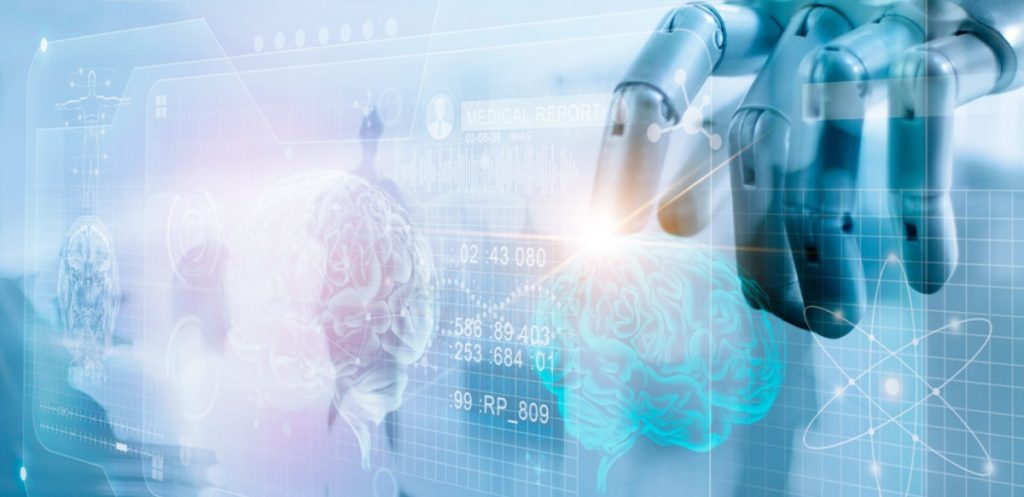RPA is the hottest development in enterprise innovation.
If you don’t know what it is, you need to get acquainted very soon.
It’s central to upping the employee productivity and business performance. So is the Digital Adoption Platform (DAP). In fact, the Digital Adoption Platform & RPA have much in common.
What is a Digital Adoption Platform?
If you read this blog regularly, you should be well acquainted with this term. The DAP is an algorithmic layer that be applied to any existing digital system.
Its purpose is to facilitate true adoption of any digital tool and improve the user experience by acting as a personal assistant. This includes automating certain tasks for the user.
You can find out more about what the DAP is and how it works here.
What is RPA?
RPA stands for robotic process automation. It’s an emerging technology based on software robots or artificial intelligence (AI).
The concept of RPA, or Robotic Process Automation, was coined by Blue Prism in 2012. Instead of needing humans to operate the systems, RPA allows you to create an automated process — essentially, a robot — to work them.
There are two types of RPA: attended and unattended.
- Attended RPA is a robot that learns from the user’s actions and can suggest to the user next steps on the basis of those actions.
- Unattended RPA works 100% automatically without any input from the user.
RPA is a type of intelligent automation, made possible by recent advancements in artificial intelligence (AI).
The core components of intelligent automation are:
- AI / machine learning: Systems that simulate human intelligence and are able to learn.
- Natural language processing: The recognition of human speech.
- Robotics: Robots that use the Internet of Things (IoT) to make independent decisions.
- Predictive analytics: The prediction of outcomes via machine learning and algorithms.
IBM reports that intelligent automation is, changing the way enterprises operate by using technology to “optimize processes, personalize customer experiences and enhance decision making.”
“This shift – moving the burden of processes from humans to technology – has the potential to redesign the way work gets done within an enterprise.”
IBM
RPA is very different to basic and even other advanced process automations, and very few enterprises are actually using it.
This is important context for understanding how a Digital Adoption Platform & RPA relate to each other.
Digital Adoption Platform & RPA: the lowdown
So how does that information feed into the issue of a Digital Adoption Platform & RPA? Simple: the Digital Adoption Platform (DAP) is actually a type of attended RPA.
In traditional workflow automation tools, human input is required (usually from a software developer) to produce a list of actions for the task automation.
In contrast, RPA systems develop the action list by themself through watching the user perform the task. RPA learns from the user’s behavior and then performs the automation by repeating whatever the user did to perform the task originally.
This is exactly what the DAP does. So the DAP is actually a type of RPA because it learns user behavior in order to autocomplete certain tasks on their behalf.
Leading DAP provider WalkMe says, “RPA is still in its early stages, but that doesn’t mean you can’t get ahead of the game and prepare for the future, today.
“It’s important to introduce change slowly while looping in HR to avoid disrupting workflows.”
WalkMe
How to prepare your enterprise for RPA
Here are 3 top tips on preparing your enterprise for RPA and getting the most out of it.
- Get IT involved: If you’re more involved in the people, operations, or departmental side of things, make sure you bring IT up to speed on your thinking as soon as possible. They have the skills and understand the resources required to deploy RPA successfully.
- Engage with employees: It’s super important to communicate the benefits of RPA to employees early on. They could perceive it as a threat, which will cause problems when it comes to implementation. Remember, resistance to change is the biggest barrier to successful change initiatives.
- Don’t over-complicate things: RPA is a complex technology but the incorporation of it into your enterprise needn’t be. The huge benefit of a DAP is that RPA is built into the system. It requires no coding or API, so in fact no technical knowledge is required to automate processes. The DAP’s interface makes it easy to set up.
So, if there’s one essential takeaware, it’s this: if you’re looking at Digital Adoption Platform & RPA as separate issues, don’t. Talk to your preferred DAP company to understand how their platform can bring RPA to your business.















